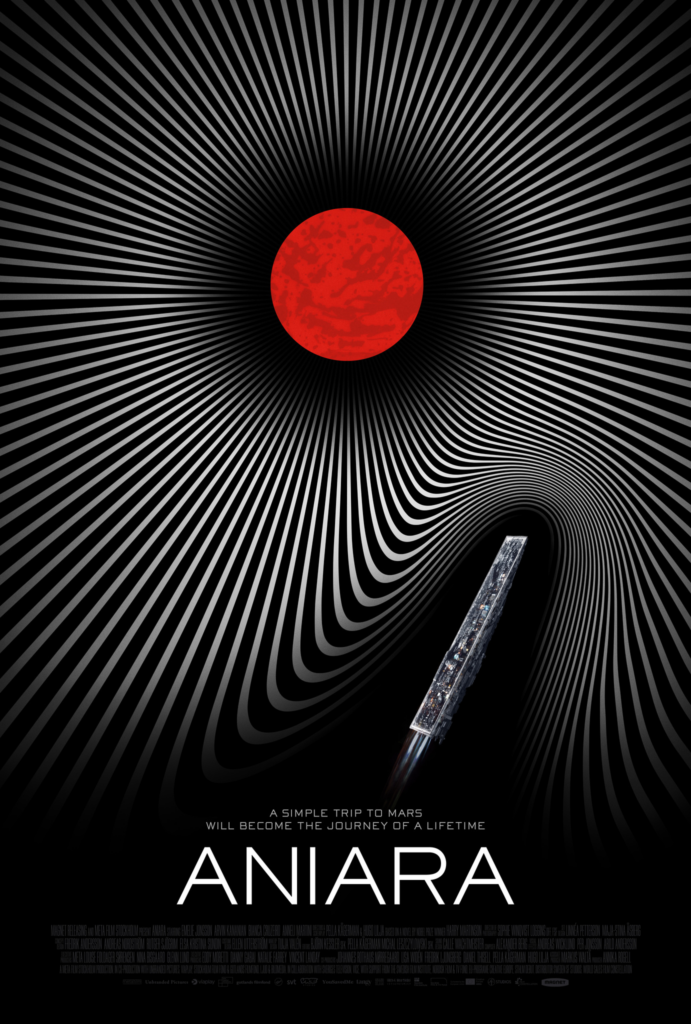I missed the one year anniversary of beginning work on the piece. I’m not sure how to feel.
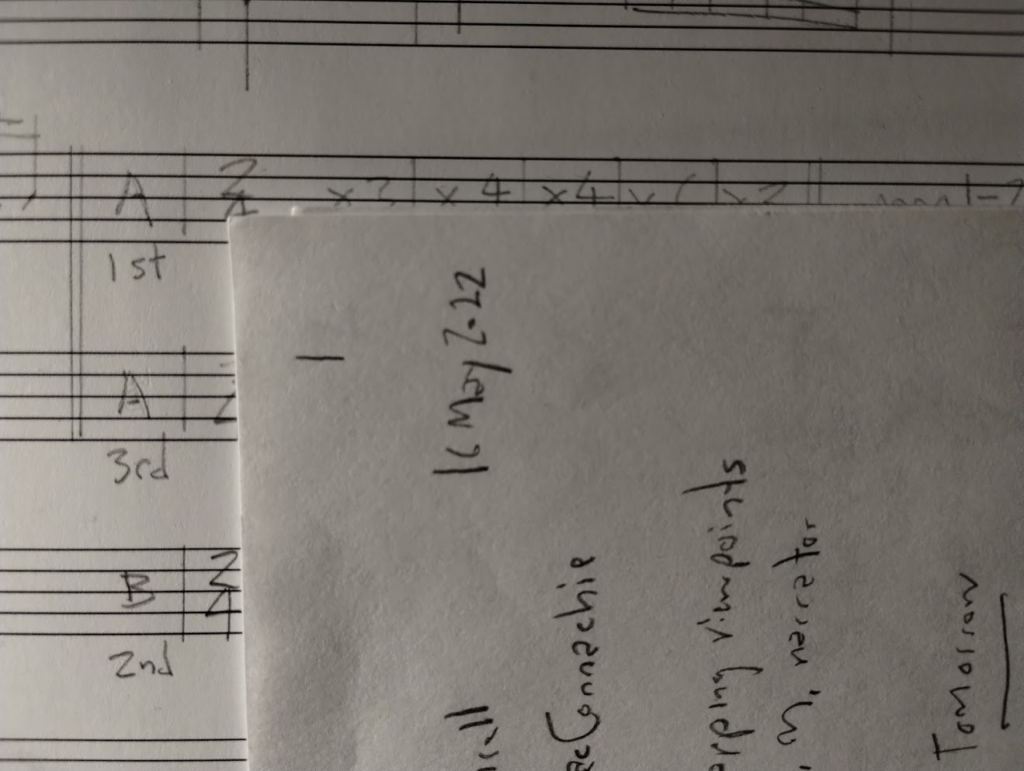
I missed the one year anniversary of beginning work on the piece. I’m not sure how to feel.

There was a commercial that had music I immediately recognized as Vietnamese rock from the 60s (ish) and the music spoke to me–as is always the case when you encounter something familiar and know you can find that thing–so I was on a quest. I remembered it was a travel commercial. Possibly about luggage? After failing on YouTube, which is pretty surprising, I did a full-internet search and finally got to a site that sells commercial viewing metrics called iSpot.tv and it has videos of the commercials it tracks.
Behold: Away Luggage TV Spot, ‘Let Travel Happen: Motorcycle’ Song by Phuong Tam
The singer, Phương Tâm, has a few 45s listed on Discogs which I would love to have but none are available. Understandable considering the history:
After the fall of Saigon, this specific genre of music was removed and buried along with any American-influenced culture in the reunification of Vietnam on April 30, 1975. … Piles of vinyl, reel-tapes and cassettes were thrown out, burned or confiscated.
…
There are a small but passionate group of collectors dedicated to salvaging the recordings from this unique period of Vietnam’s musical history. Most of these original records have been caked with dirt and mud, requiring careful cleaning and repairing before the tracks are even playable.
liner notes by Tâm’s daughter Hannah Hà
The collection that I was able to purchase was released on the Sublime Frequencies label, which I’ve learned guarantees quality restoration and informative liner notes based on the previous albums of theirs I’ve acquired (of Cambodian and Vietnamese music of the same period, covering tragedies of different diasporas). This collection was no different:
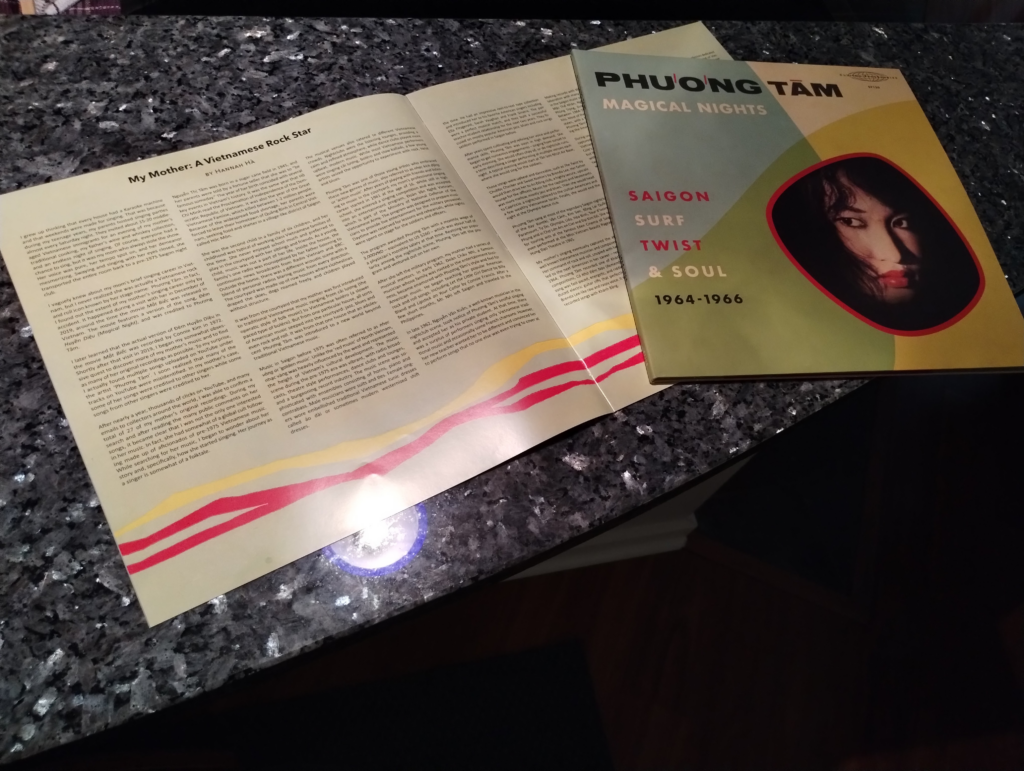
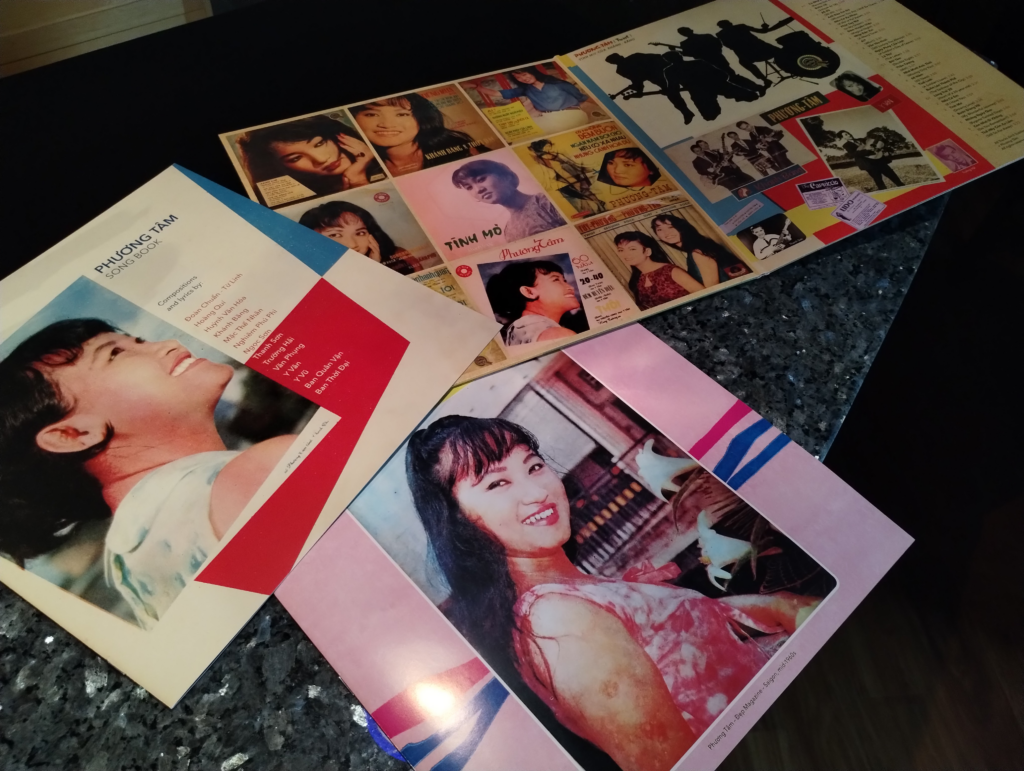
Particularly notable, along with Mark Gergis’s liner notes, are the notes written by Tâm’s daughter Hannah Hà telling of how she discovered her mother was a Rock Star decades ago and what she (Hannah) had to do to rally a global community of collectors to gather the source recordings. It’s a beautiful story.
Sublime Frequencies no longer sells it on their web site, but it’s available (albeit a little pricey) on Discogs/eBay/etc.
A couple of years back I purchased the score for Finnissy’s piano collection English Country-Tunes, a beautiful score and equally arresting music. The first time I listened to it it deeply terrified me. Following that, and following along with the New Complexity composers, I purchased Ferneyhough’s Lemma-Icon-Epigram. Another stunning piano work. (And one, equally, I’d never be able to play.) Since then I’ve purchase a couple of other beautiful modern scores.
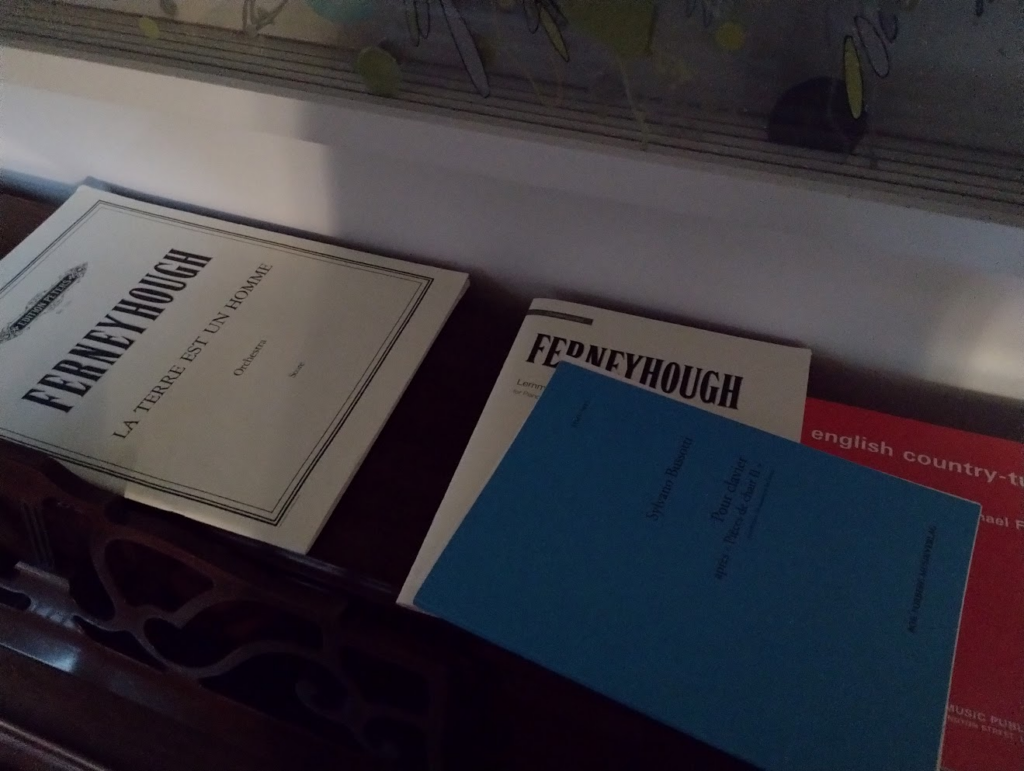
To the left are his four solo albums released after leaving Roxy Music. They felt a logical progression of rock to cerebral to meditative to a fusion of them all. The right of that above are the two (early) collaborations with Robert Fripp. The music is equal parts each musician. Below that, his first four “ambient” albums. Process music (like much of the 20C modern music I listen to) but as wallpaper as opposed to foreground. The lower left, in the middle of his early ambient works, is the album with David Byrne. Also process; not wallpaper.
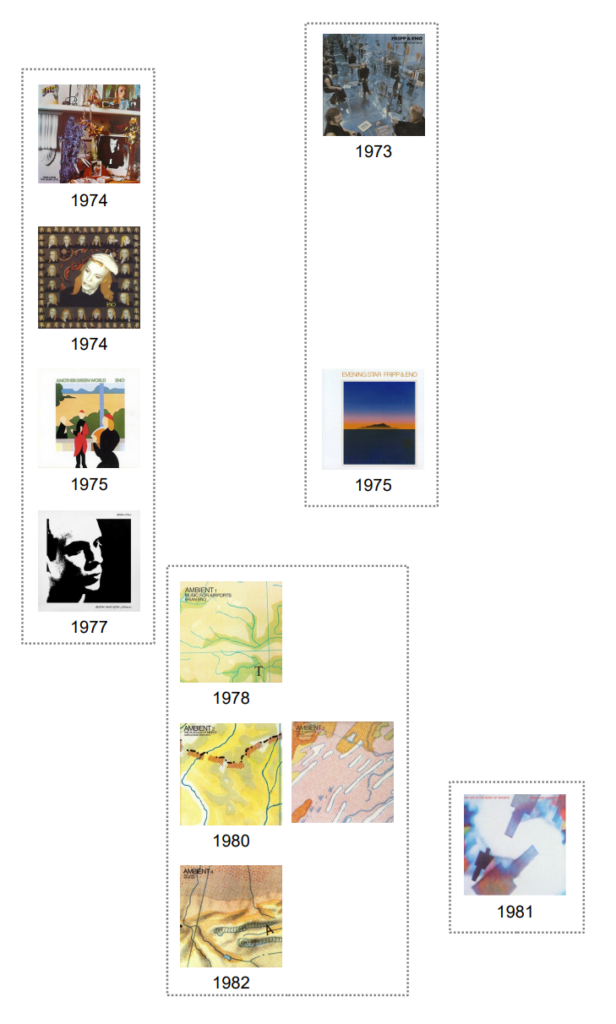
A few years back I watched the Swedish sci-fi film Aniara [ IMDB | Wikipedia ] and it shook me. The prompting to watch was from some now-lost review that described it as eccentric and bleak (my remembered words, not theirs) and highly recommended it but with warning w/r/t that last characteristic. And it is that last characteristic that continually resurfaces to shake me.
